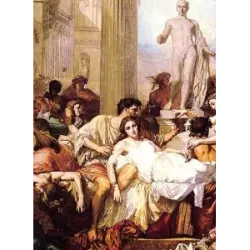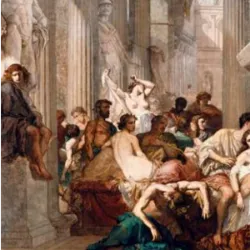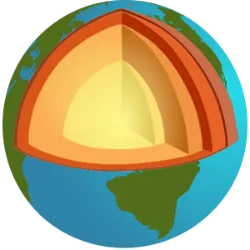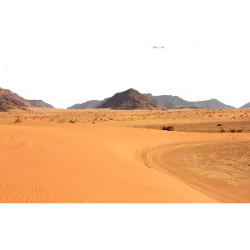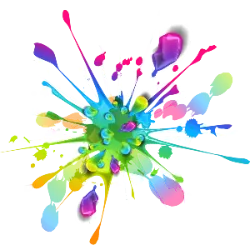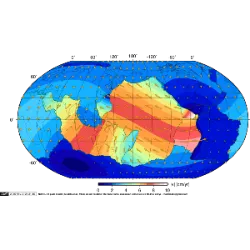Pesach: The Jewish Passover

In Judaism, Passover, also known as the Jewish Passover, is one of the most important celebrations and occurs annually on the 15th day of the Hebrew month of Nisan, which usually falls between March and April. The date is marked by a series of rituals and traditions that commemorate the liberation of the Israelites from slavery in Egypt, as narrated in the Book of Exodus. Passover is a time of reflection and celebration of freedom and redemption.
The celebration lasts seven or eight days, depending on the tradition, with the first and last days being the most significant. During Passover, Jews follow a series of dietary restrictions, the main one being the prohibition of consuming yeast or any food containing yeast, in memory of the haste with which the Israelites left Egypt, without time to wait for the bread to rise. Therefore, the essential food of the celebration is matzah, an unleavened bread.
The main ceremony of Passover is the Seder, a ritual meal that takes place on the first night of the festival. During the Seder, the Haggadah, which tells the story of the Exodus, is read and symbolic foods are eaten, such as maror (bitter herbs) and charoset (a sweet mixture that symbolizes the mortar used by the Israelites to build buildings in Egypt). Passover is a celebration of faith, remembrance, and family togetherness.
Did you know??
